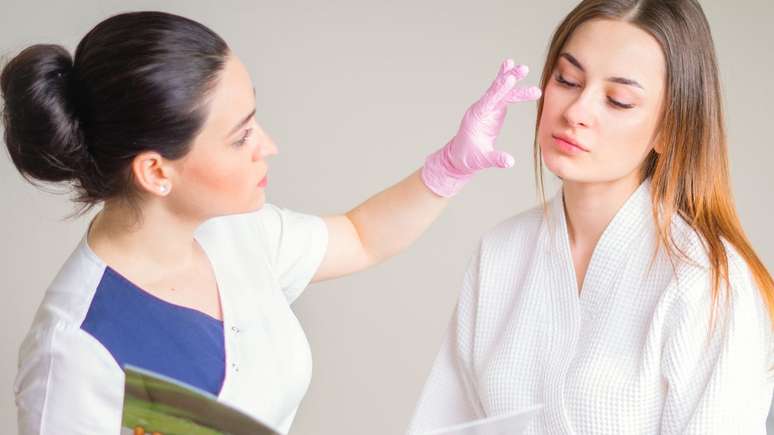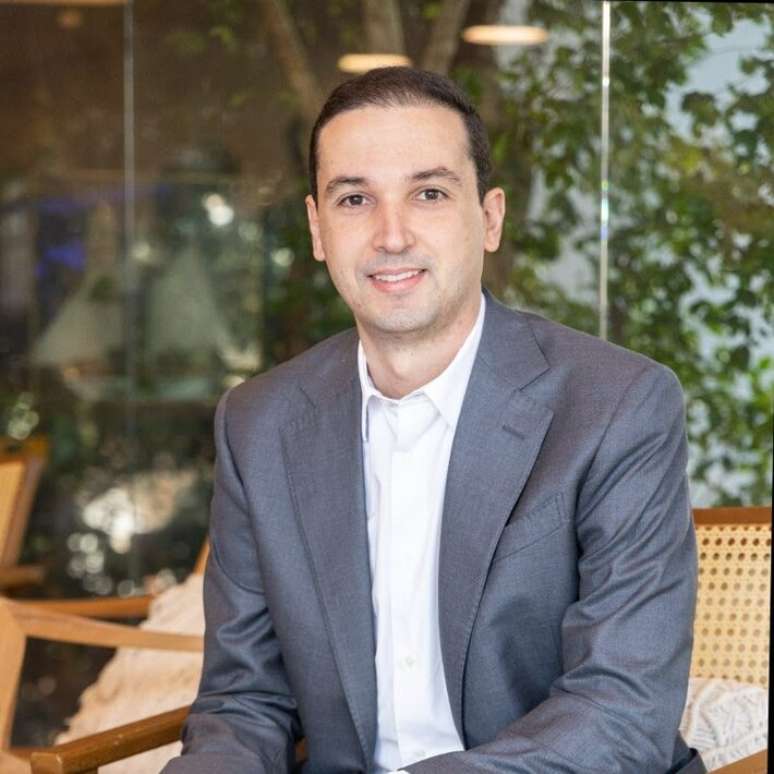The professional explains the main villains of facial harmonization and how to prevent it from becoming “facial disharmonization”
Facial harmonization has become a big trend in the world of aesthetics, even among celebrities. From time to time, however, someone on the Internet is criticized for the considered negative results after surgery, when so-called “facial disharmonization” occurs. But why does this happen?
Dr. Rita Han, dentist and orofacial harmonization specialist, warns that the biggest risks are bad professionals and low-quality products. “Too little or too much product can compromise the desired results. Therefore, it is essential to research and select an experienced professional with proven success stories,” explains the specialist.
One of the biggest villains in this scenario is the indiscriminate use of PMMA (polymethyl methacrylate), a plastic component used in aesthetic procedures. Despite being a cheaper option, this permanent material is not absorbed by the body, which can result in deformation, inflammation, necrosis and even death of the patient. Dr. Han explains that this material promises miraculous results, but causes irreversible damage.
Other risks in facial harmonization
Other risks, in addition to PMMA, can occur in facial harmonization. Dr. Han highlights a few:
- Cinderella effect: If a crosslinking product is not suitable for a specific region, the procedure may last only a few days or weeks, resulting in the so-called “Cinderella effect”
- Rapid reabsorption: when the patient’s skin does not have proper evaluation and is dehydrated, hyaluronic acid quickly disappears
- Necrosis: Incorrect injections can put pressure on blood vessels, leading to the dreaded necrosis
- Insufficient product quantity: lack of attention in dosing often results in ineffective procedures
- Soft facial effect: a puffy, artificial face, especially in older adults trying to tighten the skin, can occur when material use is excessive
How to avoid “facial disharmony”
For Dr. Han, the most important point when it comes to preventing facial alignment problems is this: good professionals. The patient must be fully aware of the risks associated with aesthetic techniques and the specialist must always opt for the safest paths and products.
Based on this, the advice is to research a lot about the professional before making any decisions, including researching other people’s opinions about him.
Source: Terra
Ben Stock is a lifestyle journalist and author at Gossipify. He writes about topics such as health, wellness, travel, food and home decor. He provides practical advice and inspiration to improve well-being, keeps readers up to date with latest lifestyle news and trends, known for his engaging writing style, in-depth analysis and unique perspectives.









